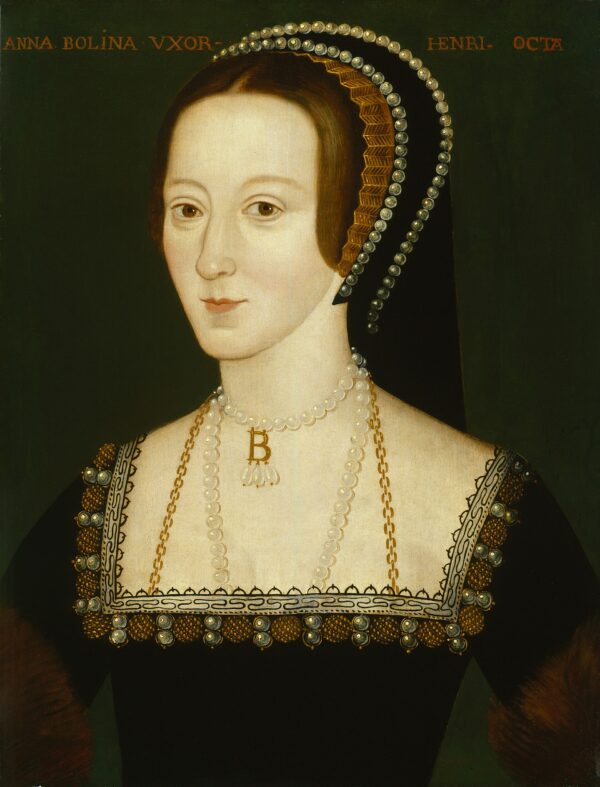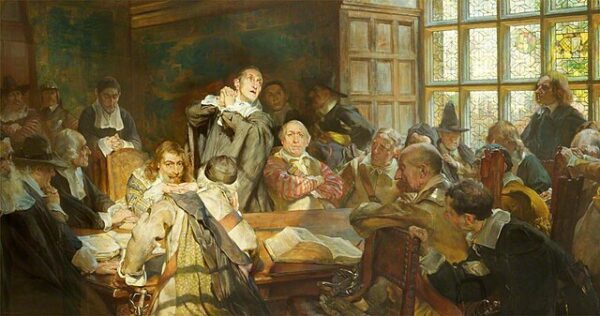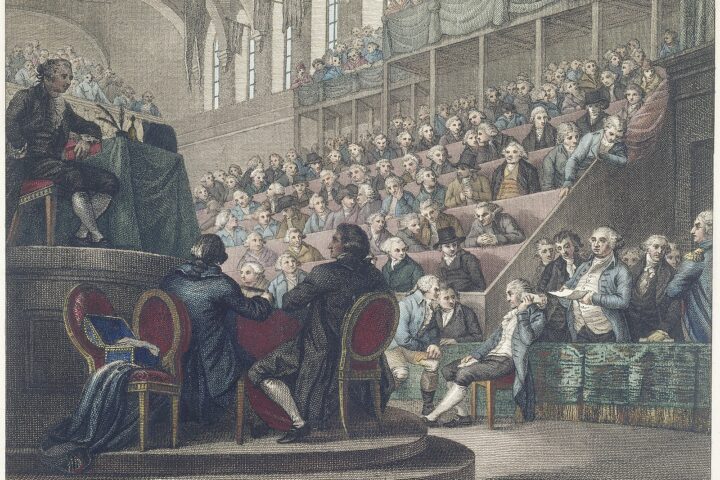On May 15, 1536, Anne Boleyn—Queen of England, second wife of Henry VIII, and mother of the future Elizabeth I—stood trial at the Tower of London. The charges were staggering: adultery, incest, and high treason. The outcome was foreordained. Condemned by a hand-picked jury of her political enemies, Anne was sentenced to death, marking one of the most dramatic and chilling episodes in the history of the English monarchy. Yet her trial was far more than the settling of a royal marital grievance; it was a deliberate political decapitation, orchestrated by a king desperate for a male heir, a court grown wary of Anne’s defiance, and a state machinery increasingly adept at weaponizing the law for dynastic ends.
Only three years earlier, Anne had stood at the height of her power, crowned Queen of England after a lengthy and scandalous courtship that tore Henry from his first wife, Catherine of Aragon. That courtship—fueled as much by Anne’s personal magnetism as by Henry’s obsessive desire for a son—shattered England’s relationship with the Pope and triggered a seismic religious realignment. But the very boldness that propelled Anne to the throne made her dangerous once Henry’s affections shifted. Her inability to produce a surviving male heir undermined her political utility. Her sharp tongue and Protestant sympathies, once signs of modernity and courtly brilliance, were rebranded as arrogance, heresy, and sexual waywardness.
The charges brought against her were grotesque not just in their content but in their brazenness. Anne was accused of seducing five men, including her own brother, George Boleyn, Lord Rochford. The alleged liaisons supposedly took place within the palaces of the king, often while Anne was heavily pregnant or recovering from childbirth. The timeline, according to historian Eric Ives, collapsed under scrutiny; many of the supposed encounters occurred on dates when Anne and her accused lovers were in different locations. No matter. The machinery of Tudor justice had already been set in motion.
Thomas Cromwell—Henry’s principal advisor and architect of the English Reformation—was the chief engineer of Anne’s destruction. Once her ally, Cromwell had turned against the Queen after political disagreements over the use of monastic revenues and foreign policy. Acting with lethal efficiency, he produced confessions under torture or threat of torture, extracted damning “evidence” from court gossip, and choreographed a legal process designed to eliminate opposition. The trials of Anne’s alleged lovers occurred first, ensuring guilty verdicts that would later bolster the case against her. All were found guilty and sentenced to death.
Anne’s own trial was held in the Tower’s great hall before a jury that included her former fiancé, Henry Percy, and her own uncle, the Duke of Norfolk—men with every incentive to see her fall. She defended herself with clarity, wit, and a composure that astonished many present. According to contemporary accounts, she denied all the charges but did not beg for mercy. It was not enough. The verdict, like the indictment, was already written.
Yet the fall of Anne Boleyn cannot be understood merely as a personal tragedy. It was an act of political theater, staged to restore order and masculine succession to the Tudor line. Henry, now convinced Anne had betrayed him—or more likely, needing to believe it—used the execution to reset his reign. Eleven days after Anne’s death, he married Jane Seymour. The speed of the remarriage, coupled with the public spectacle of Anne’s downfall, was meant to obliterate the memory of the queen whose ambition had altered the English church and fractured Christendom.
Anne’s death on May 19, carried out by a French swordsman specially imported for the task, was swift but unforgettable. Her final words—“I die a good Christian woman… to God I commend my soul”—resounded through the corridors of power. They echoed not as a confession but as a protest: against the king’s betrayal, against the crown’s abuse of justice, and against the fleeting nature of favor at court.
In the aftermath, Anne’s legacy was quietly suppressed, but never entirely erased. Her daughter, Elizabeth, once declared illegitimate, would ascend the throne in 1558 and reign for 45 years. In her, the long shadow of Anne Boleyn endured—proof that although the Tudor court could sever a head, it could not always extinguish a legacy.






